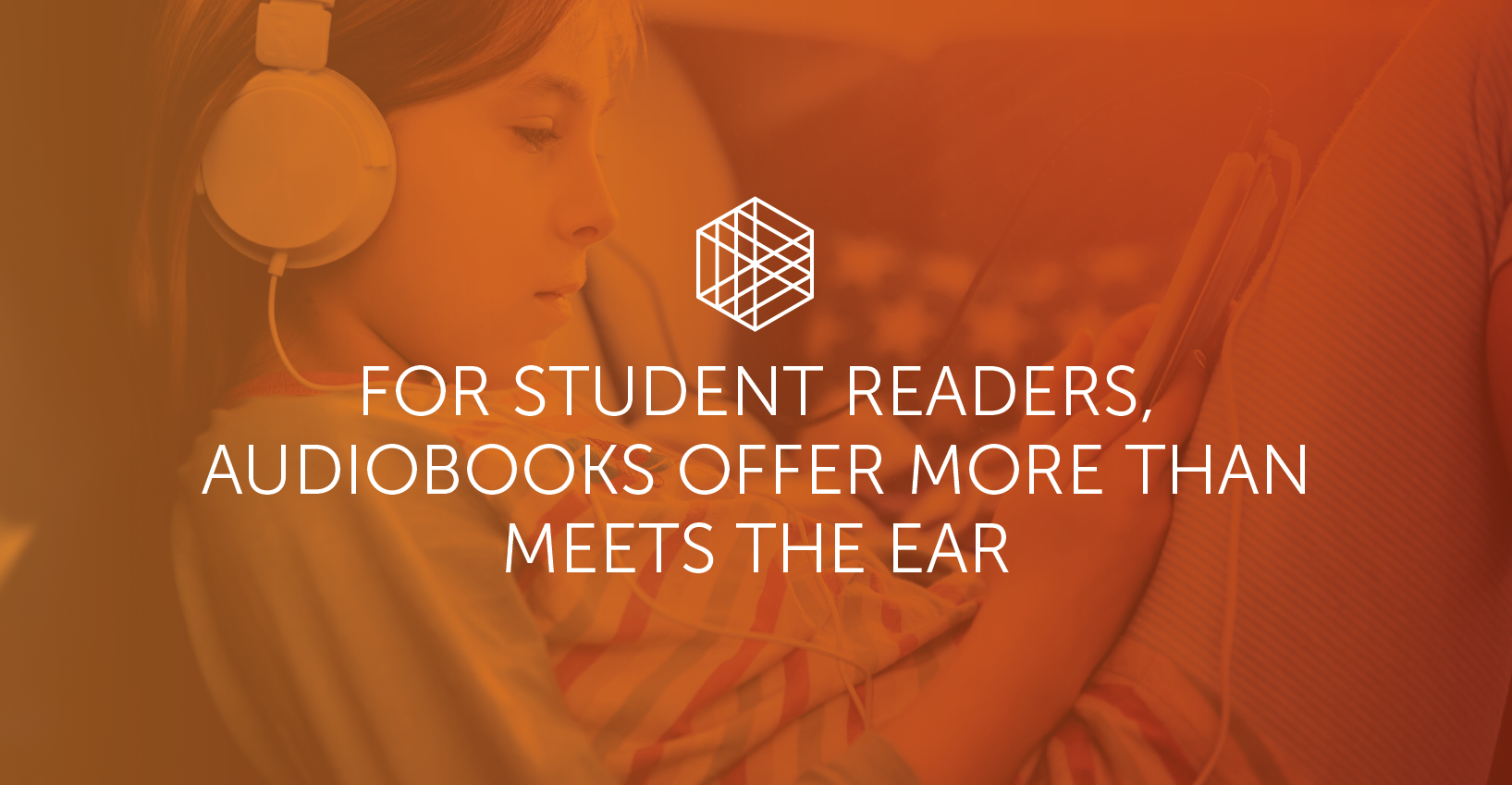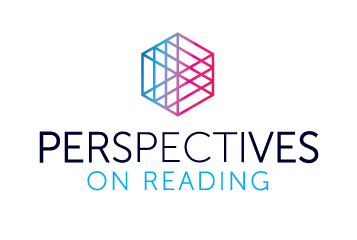For student readers, audiobooks offer more than meets the ear

By Alecia Mouhanna, Staff Writer | January 2022
In today’s hyperconnected world, K-12 students are surrounded by more entertainment options than ever before. There’s Netflix. YouTube. Spotify. Instagram. Twitch. On and on, the list could go, but the essential point remains the same — content is abundant and easy to find. And with research showing that more than half of U.S. children own a smartphone by age 11, access to this content is often as simple as a swipe or tap of their fingers.
With these readily available distractions everywhere, the practice of reading can get lost in the shuffle. But, as many parents and educators are discovering, audiobooks just might offer a viable solution to capturing students’ attention, providing an effective compromise between entertainment and education.
Audiobooks: Initial skepticism yields to increasing popularity
For years, the popular misconception surrounding audiobooks was that compared against print books or even ebooks, they weren’t “real” books. Reading an audiobook wasn’t perceived as “real” reading, and opting for an audiobook in lieu of a text edition was akin to entering a cheat code for literary achievement. Maybe you finished the book, maybe your overall comprehension of the story was the same — but the experience was ultimately unearned.
Fortunately, the past few years have net some compelling research against these claims, and audiobook popularity is steadily on the rise. In 2019, a study from Pew Research revealed that 20 percent of U.S. adults had read at least one audiobook over a 12-month period, up from 14 percent in 2016.
When it comes to K-12 students, gathering data about their listening habits is a more complex undertaking, but the existing body of research indicates a similar — and perhaps even sharper — trendline. Survey results from the Audio Publisher’s Association (APA) found that in 2020, 49 percent of parents with children aged 17 and under reported that their children had listened to audiobooks in the past year, up from 35 percent in 2019. Additional survey data from the APA indicated that audiobooks were particularly popular with respondents as a way to reduce screen time.

Decoding the appeal of audiobooks to student readers
Beyond parental concerns about screen time, there are a few reasons some K-12 students might be drawn to audiobooks. In an interview with Tech & Learning, Melissa Jacobs, Director of The New York City Department of Education School Library System, shared her thoughts on why students respond positively to audiobooks.
“I think that they comprehend at a much higher level listening than they do when they’re reading text,” she said. “I find that a lot of kids have a very difficult time decoding text. And they lose out on the comprehension of a story, of a book, of a title because they’re spending so much time focusing on decoding it.”
This is especially true for developing readers, struggling readers, visually impaired students and students with learning disorders like dyslexia. Listening to audiobooks can help students expand their vocabularies and build skills like fluency and reading comprehension — skills that can eventually transfer over to reading print books and ebooks as well. Absent much of the pressure of interpreting inaccessible text, students are free to absorb themselves in the stories and enjoy their reading experience, creating a foundation for continued engagement with books and better overall literacy.
This school of thought is at least partially validated by the results of a 2010 study that compared the impact of audiobook usage against print book usage in students with dyslexia. Over a five-month period, researchers found that the group of students that used audiobooks demonstrated “a significant improvement in reading accuracy, with reduced unease and emotional–behavioral disorders, as well as an improvement in school performance and a greater motivation and involvement in school activities.”
Where audiobooks fit into the classroom
For educators, the fact that students are tilting increasingly toward audiobooks to fill their reading needs has had a corresponding impact on classroom priorities. According to a 2020 School Library Budget & Spending Survey conducted by School Library Journal (SLJ), 27 percent of respondents reported plans to spend more on audiobooks during the 2020-2021 school year than in the year prior.
How do they plan to use these audiobooks? According to teacher and SLJ contributor Melanie Kletter, some educators are leveraging audio titles for whole-class reading assignments and discussions, while others have co-opted them as a social-emotional tool that can help students listen, relax and focus during class.
Audiobooks are also a crucial tool for English language learners and bilingual students, as listening is an essential component of language acquisition. Educators can use Read-Alongs or pair the audiobook and ebook/print book version of a title so that students can listen and follow along with the text, creating an impactful way for students to absorb lessons in pronunciation and overall language fluency.
Finally, audiobooks are a great way to get older students who are behind on reading interested in books nearer to their grade level, which can in turn help build their confidence so that they’re encouraged to try increasingly complex texts.

Looking ahead
As is often the case in K-12 schools, one of the major roadblocks to more widespread audiobook adoption is resources — or rather, lack thereof. However, educators looking for low- or no-cost options do have some avenues available to them. Platforms like the Sora student reading app offer hundreds of premium simultaneous use ebooks and audiobooks at no cost. And programs like SYNC (a summer reading program targeted at teen readers) or online libraries like Project Gutenberg (classic titles in the public domain) offer free audiobook access, albeit for a more limited range of texts.
Whichever ways schools manage to deliver audiobooks to students, it’s clear that they’re not going anywhere anytime soon — nor should they. In the wake of two school years disrupted by closures and upheaval due to the COVID-19 pandemic, audiobooks — indeed, any kind of reading that piques students’ interest — will be a critical tool in fostering reading engagement and preserving literacy in the years ahead.
As a result, educators might want to overcome any lingering doubts or hesitancies they have and embrace audiobooks for what they are: another way to read.


